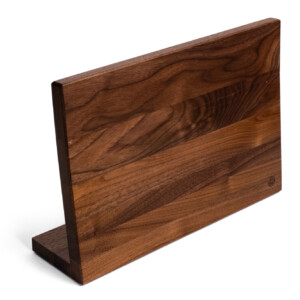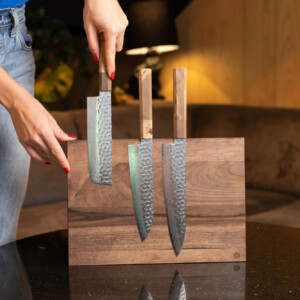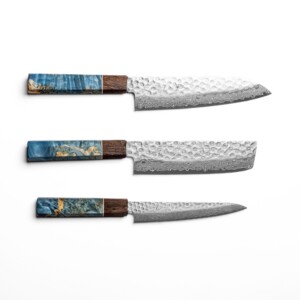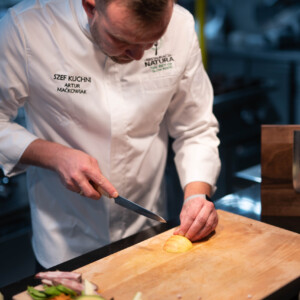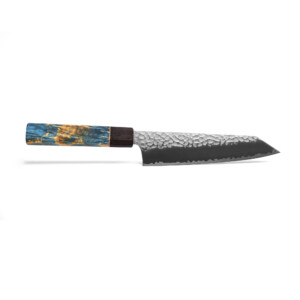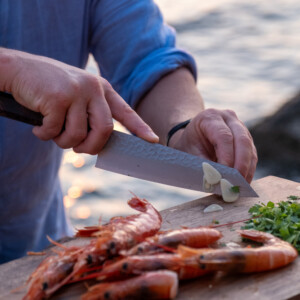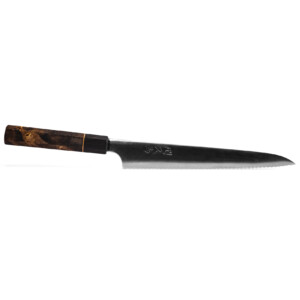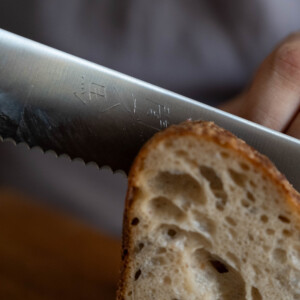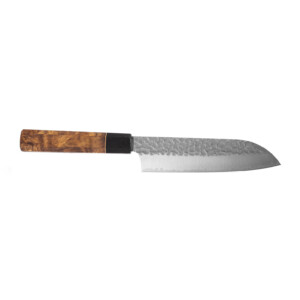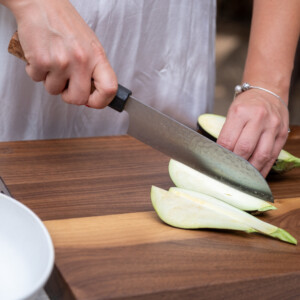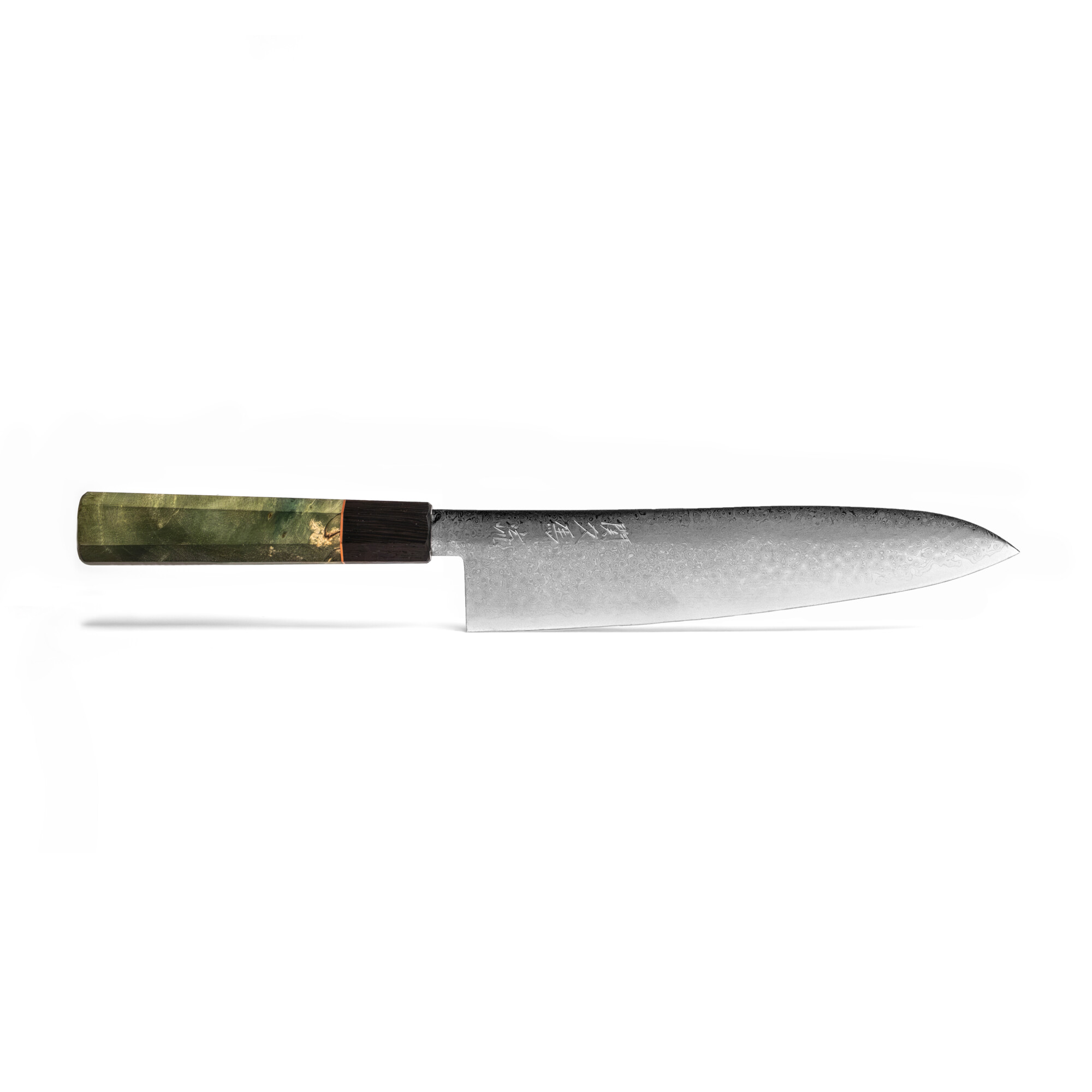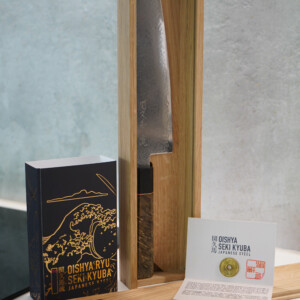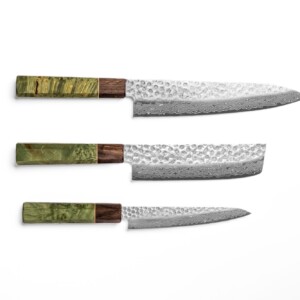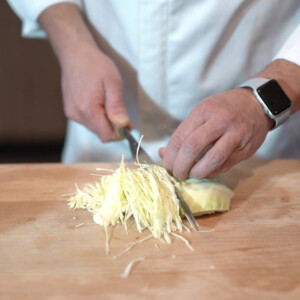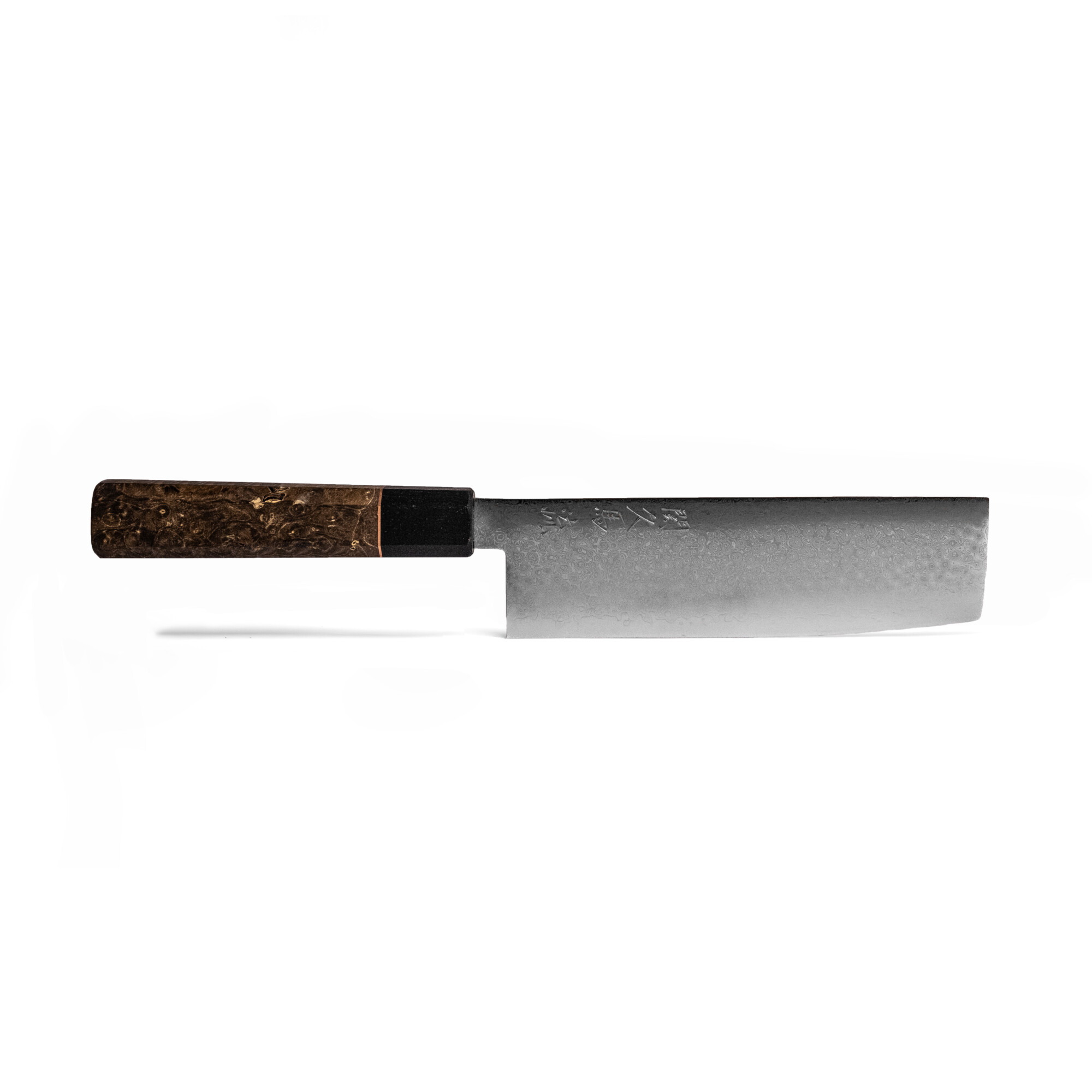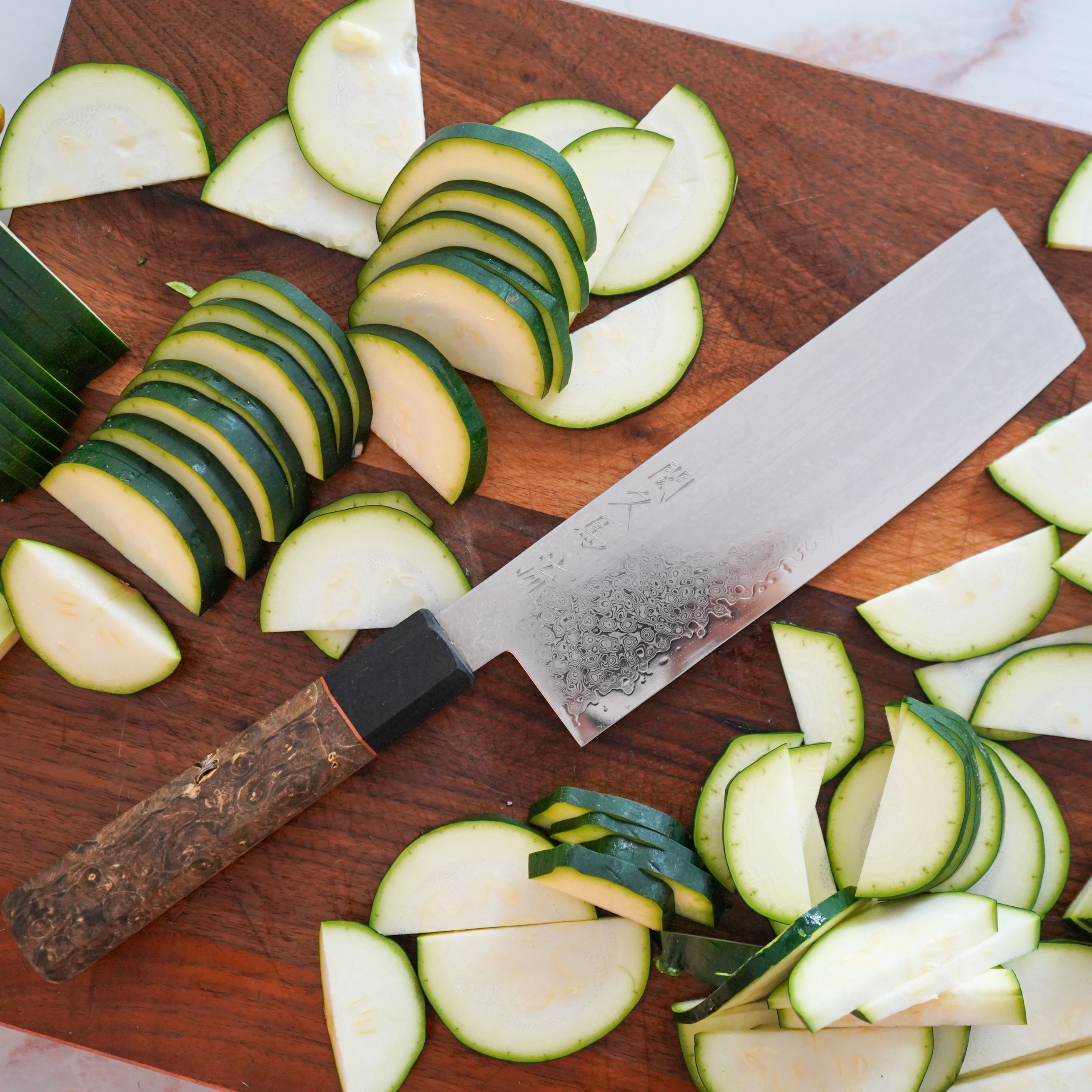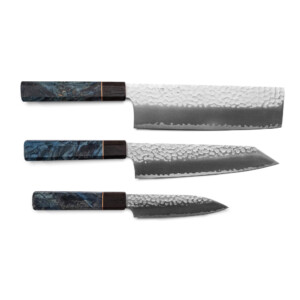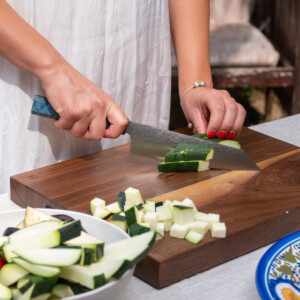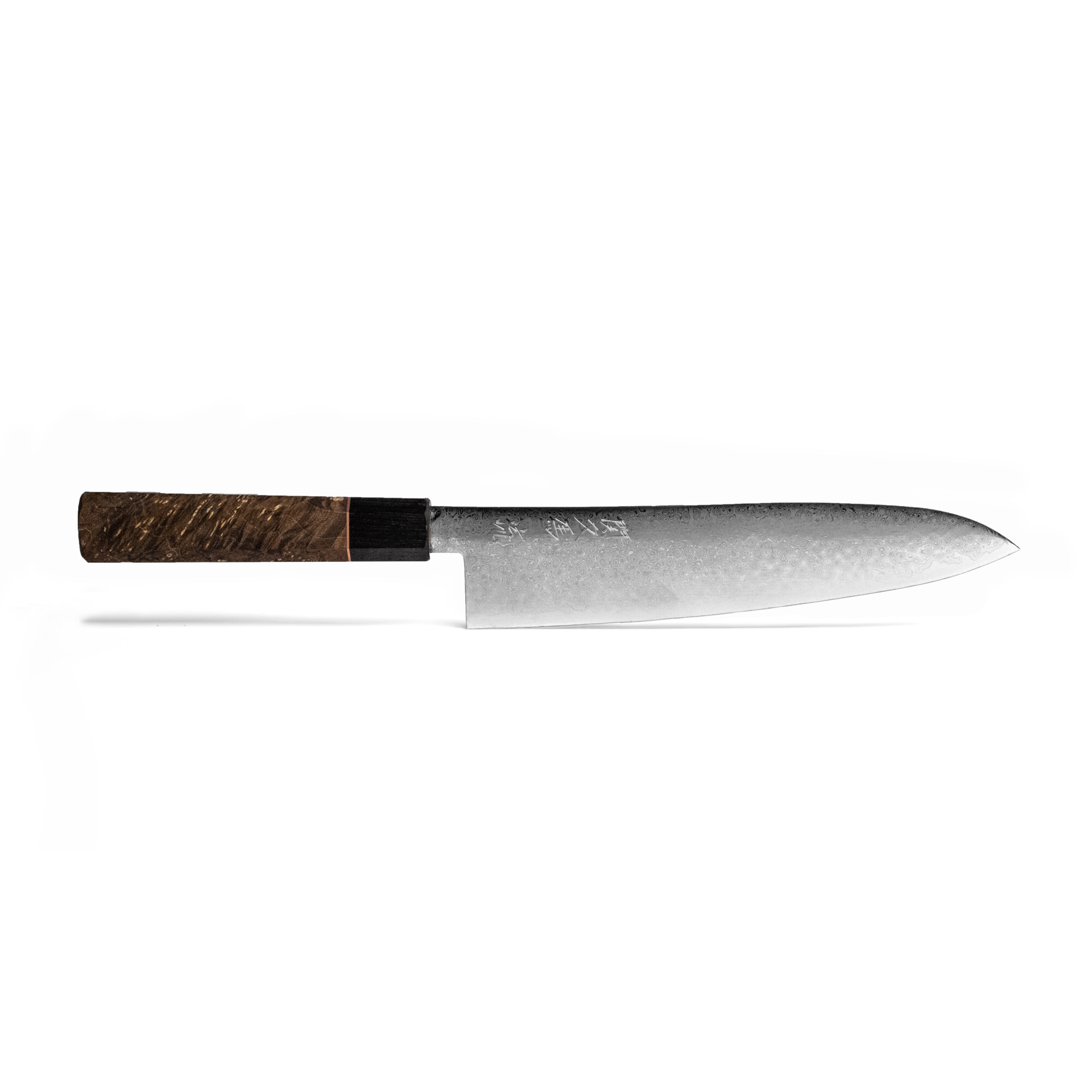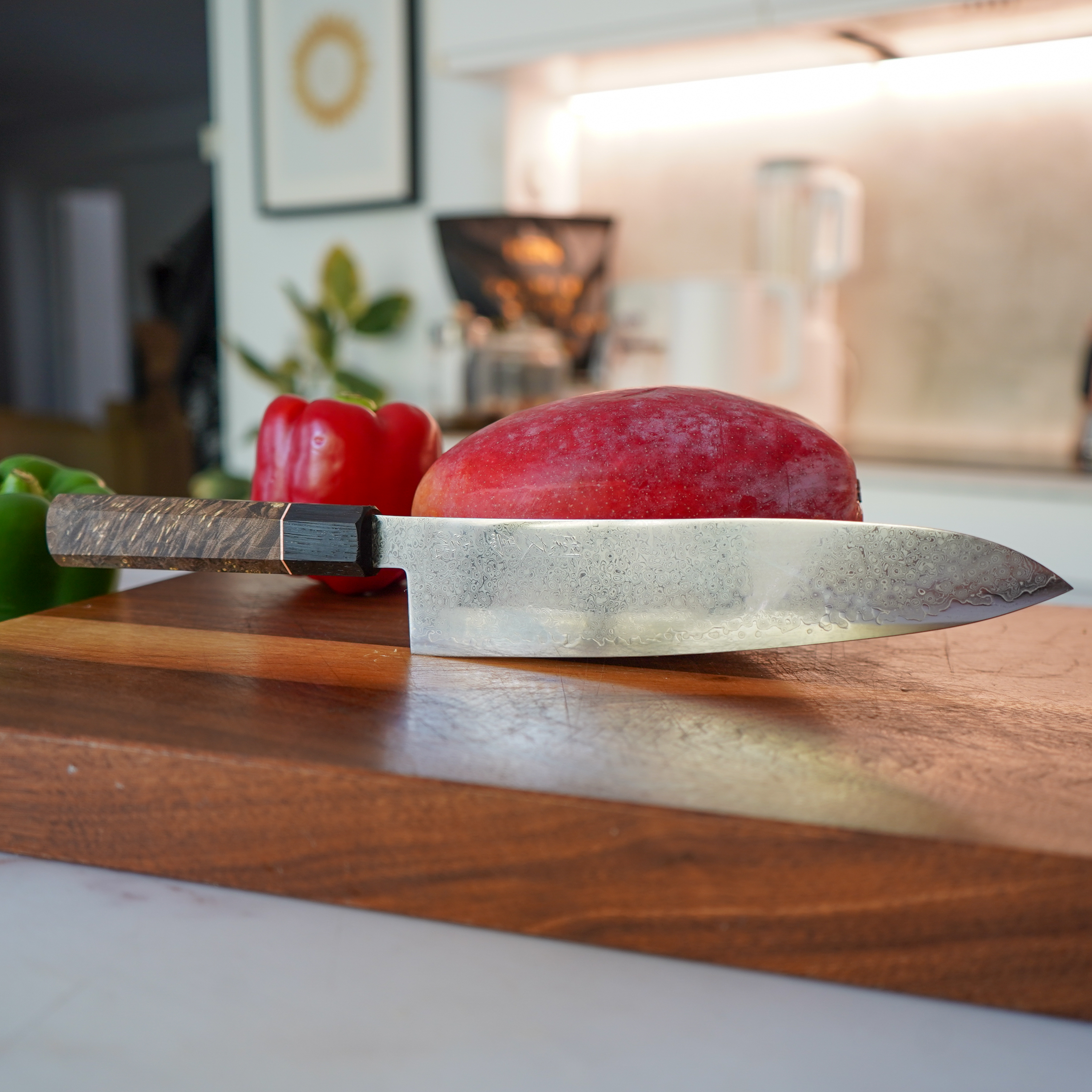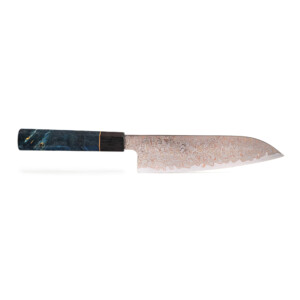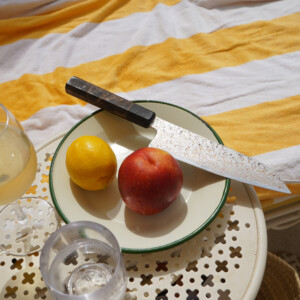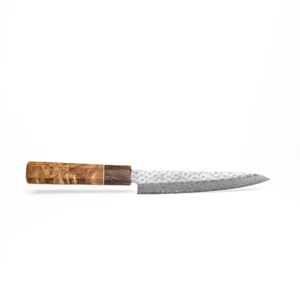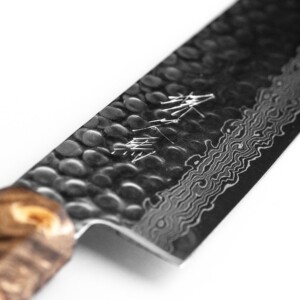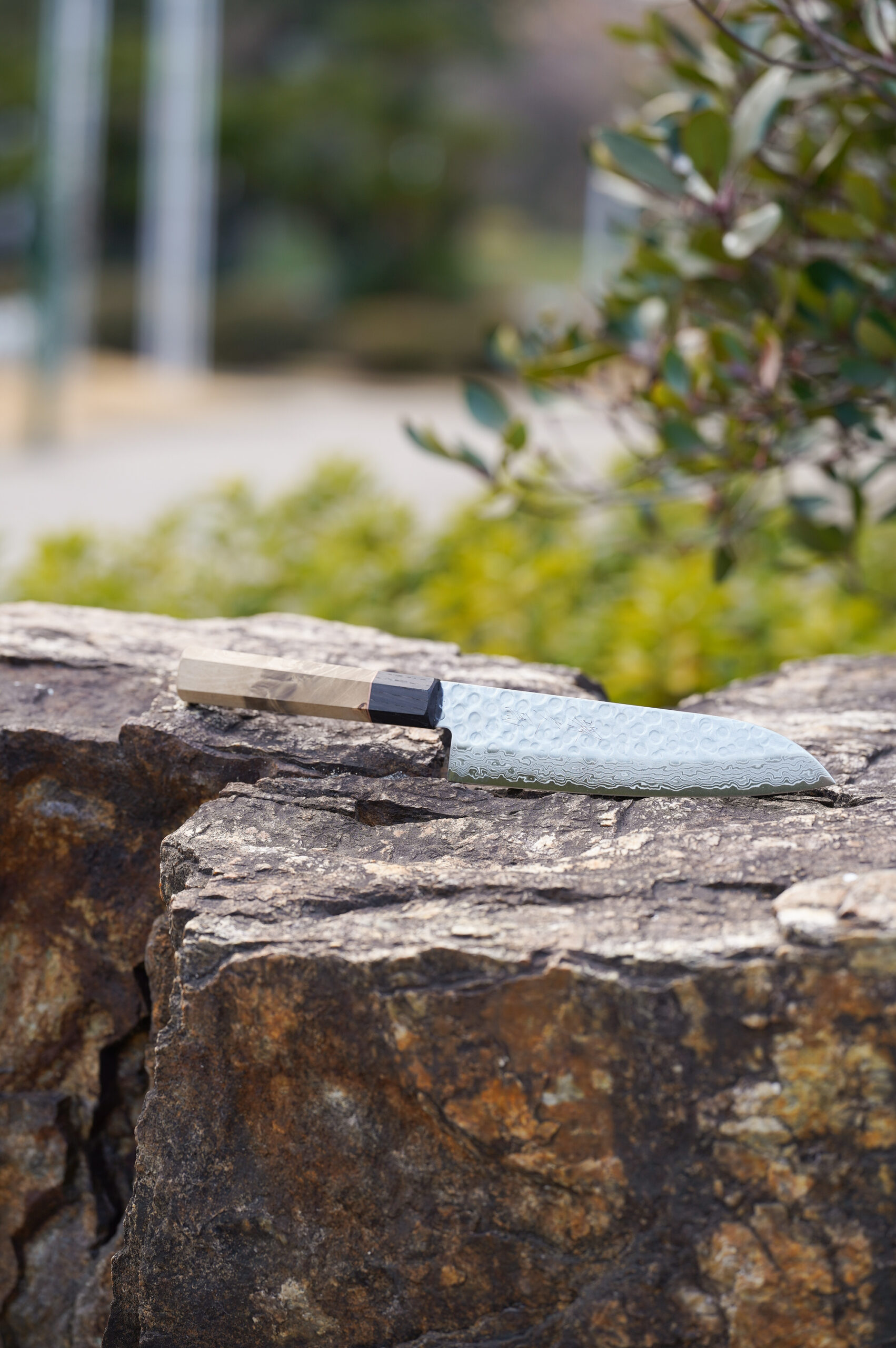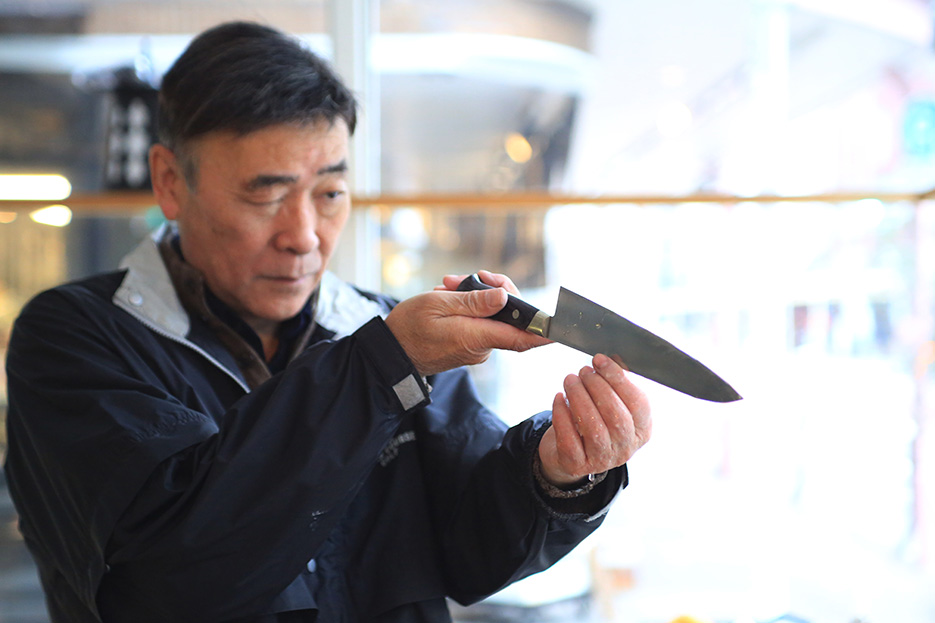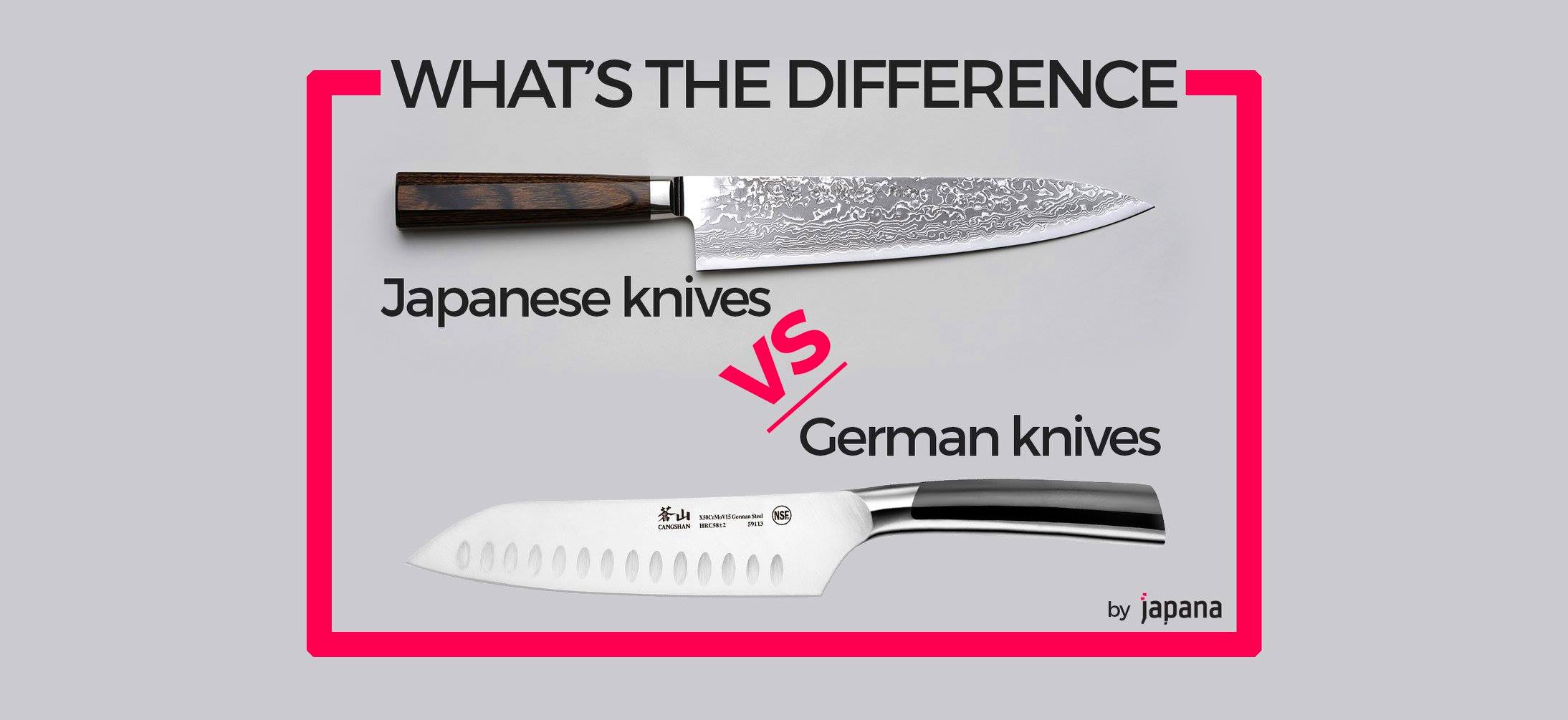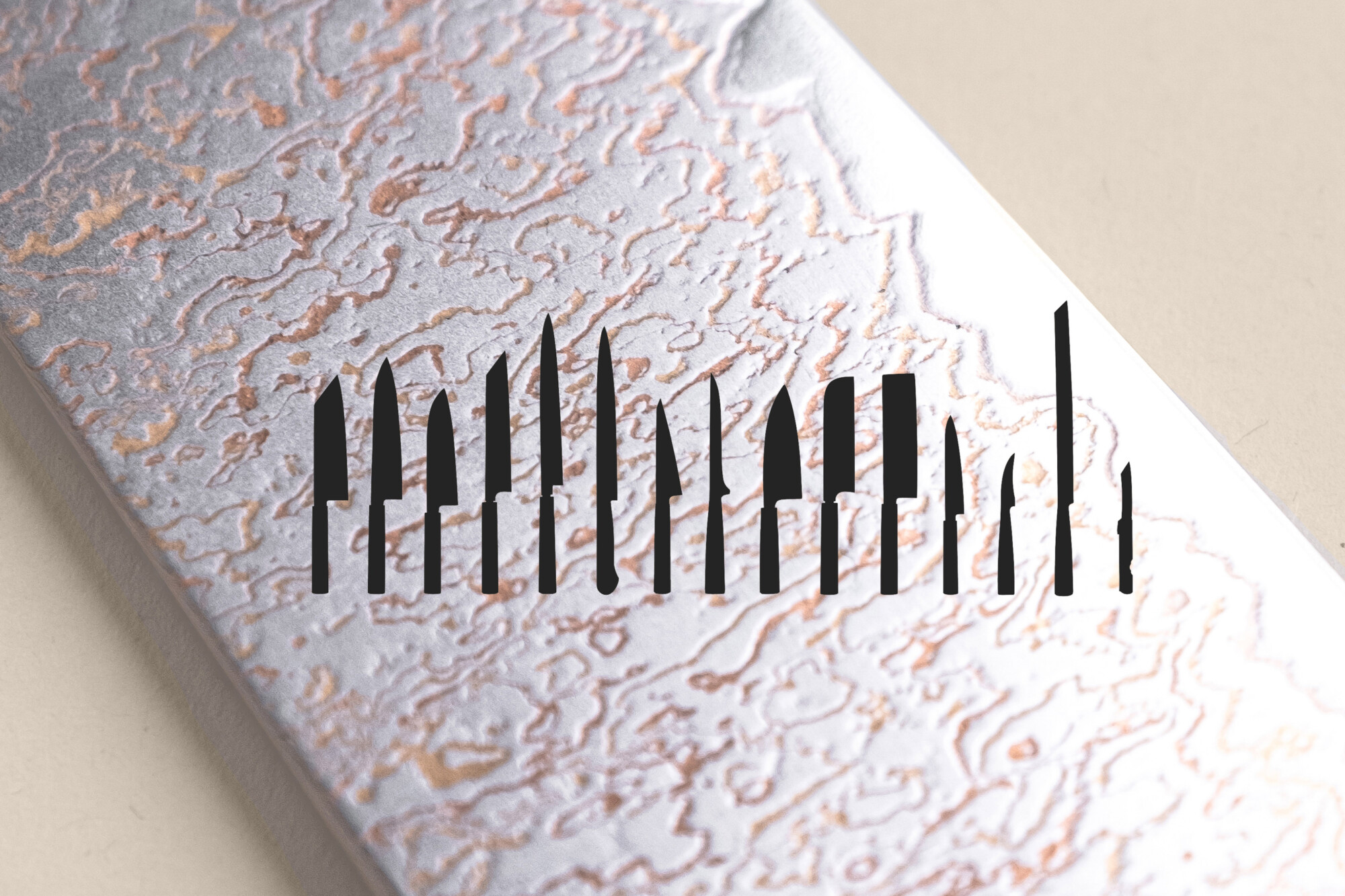The timeless allure of Damascus steel
Damascus steel, a term that evokes images of ancient warriors and exquisite craftsmanship, remains one of the most fascinating materials in metallurgy. Its distinctive wavy pattern, not just aesthetically captivating but also a marker of exceptional quality, continues to intrigue both historians and craftsmen alike. This legendary steel, known for its strength, durability, and unique beauty, has a history shrouded in mystery, making it a subject of continuous exploration and admiration.
In the realm of fine knife making, Damascus steel has found a new lease of life, especially in the creation of high-end kitchen knives. A prime example of this can be seen in the Sakai Kyuba knife – a modern culinary tool that incorporates the ancient artistry of Damascus steel. The Sakai Kyuba knife, while a subtle nod to this historic material, is a testament to how ancient techniques have been seamlessly integrated into contemporary craftsmanship.
As we delve into the origins and secrets of Damascus steel, we unravel not just a story of a material but a narrative that intertwines history, science, and art. From its mysterious early days to its revered status in modern craftsmanship, the journey of Damascus steel is as layered and compelling as the patterns that define its very essence.
In the following sections, we will explore the historical origins of Damascus steel, uncover the science behind its unique characteristics, and celebrate its enduring legacy in the modern world, all the while highlighting its exquisite use in products like the Sakai Kyuba knife.
The historical origins
The birth and rise of Damascus steel

The tale of Damascus steel is as ancient as it is fascinating. Originating in the Near East, with references dating back to around 300 AD, this steel quickly garnered a reputation for its unparalleled qualities. Renowned for its strength, flexibility, and unique patterned appearance, Damascus steel became a symbol of power and mastery in metallurgy.
The city of Damascus, now the capital of Syria, was pivotal in the steel’s history, either as a manufacturing hub or a crucial trading point. Here, blacksmiths honed the art of creating this extraordinary material, producing blades celebrated for their sharpness and resilience. These blades were so revered that they became coveted treasures, often owned by the elite and warriors.
Myth, mystery, and modern resurgence
The allure of Damascus steel was enhanced by the myths and legends that surrounded it. Tales of swords that could cut through rock or other metals contributed to its mystique, with the steel’s characteristic wavy patterns resembling flowing water, further adding to its allure.
However, by the 18th century, the traditional methods of crafting Damascus steel were lost, shrouding its production techniques in mystery. This loss transformed Damascus steel from a widely used material to a legendary one, with its secrets seemingly disappearing over time.
Despite the loss of traditional methods, the legacy of Damascus steel continues in the modern era, inspiring contemporary craftsmanship. Products like the Sakai Kyuba knife pay subtle homage to this historic material. While leveraging modern forging techniques, these knives encapsulate the spirit of ancient Damascus steel, blending its historic appeal with contemporary functionality and design.
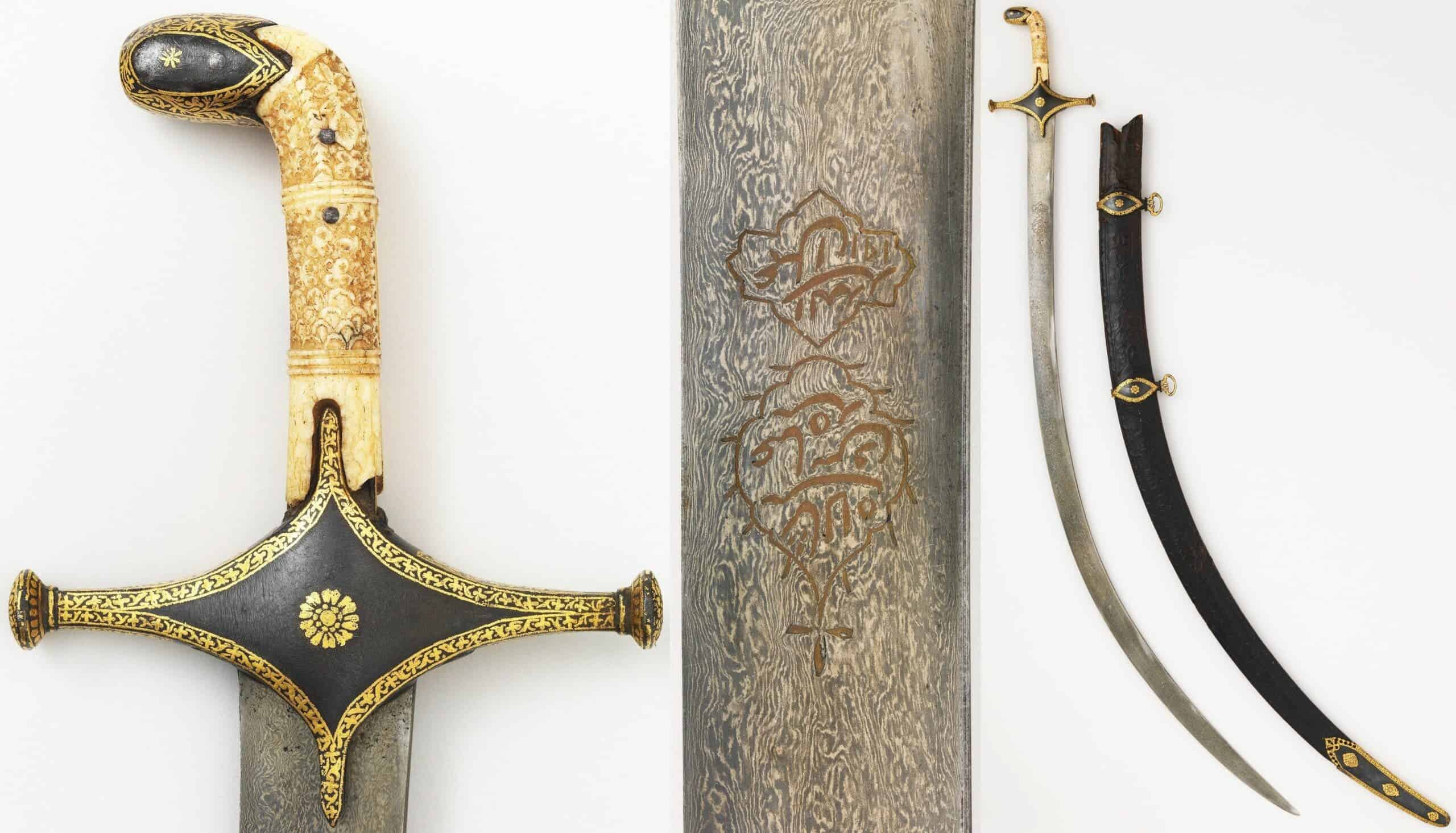
The science behind Damascus steel
Damascus steel’s distinctive characteristics are a product of both its unique composition and the innovative forging techniques employed in its creation. Historically, this steel was made by blending different types of iron and steel, then forging them through a process of folding and welding. This technique not only created the steel’s notable wavy patterns but also imparted a combination of hardness and flexibility that was highly prized.
The science of Damascus steel is rooted in the controlled manipulation of carbon content. By adjusting the levels of carbon during the forging process, ancient blacksmiths were able to produce blades that were sharp, durable, and resistant to shattering. The layered structure of Damascus steel also contributed to its ability to maintain a sharp edge, while providing a level of flexibility that prevented the blade from breaking under stress.
Modern interpretations and innovations
While the original methods of creating Damascus steel might be lost to history, the principles behind its construction continue to inspire modern metallurgists and knife makers. Today, Damascus steel is often recreated by layering different types of steel, then forging them together under intense heat. The resulting patterned blades, while not identical to their ancient counterparts, still reflect the beauty and complexity of the original Damascus steel.
In the world of high-quality knife making, the influence of Damascus steel is evident. Knives like the Sakai Kyuba range incorporate Damascus-inspired patterns, showcasing both the aesthetic appeal and functional superiority of this steel. These modern knives use advanced materials, such as VG10 high-carbon stainless steel, layered in a Damascus style, to offer sharpness, durability, and a distinctively beautiful blade.
Damascus steel in the modern world
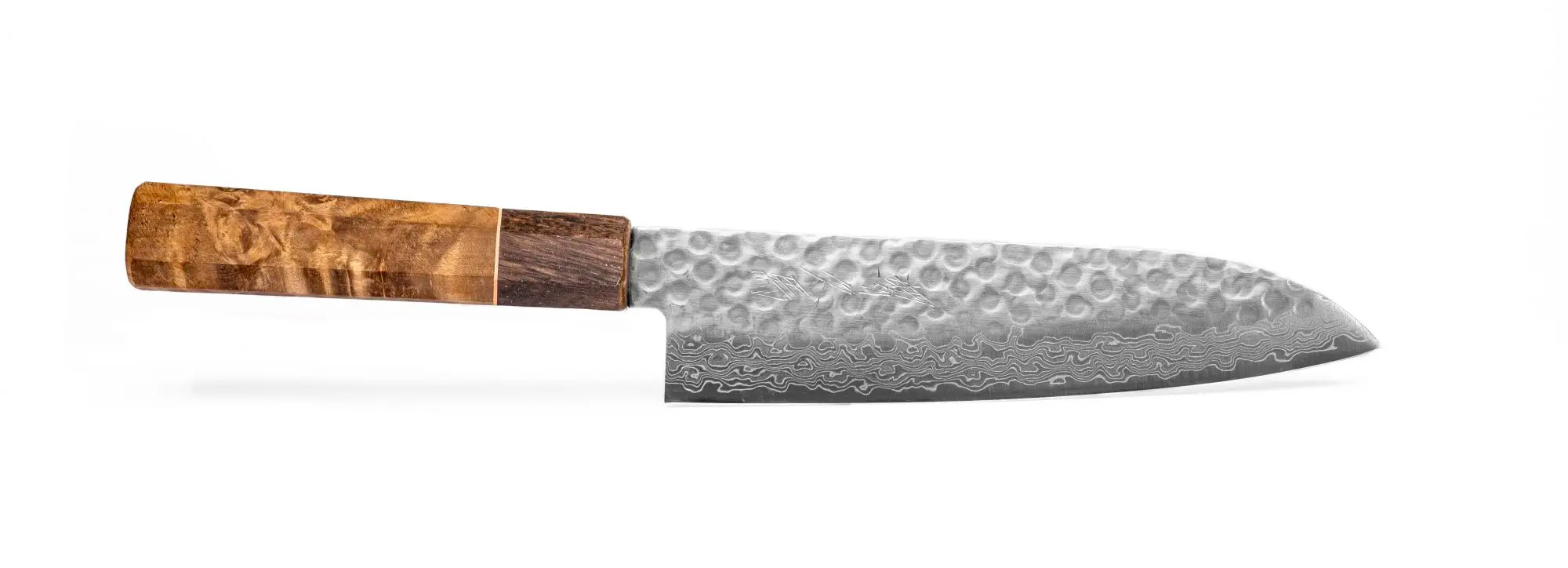
Damascus steel, with its rich history and distinctive characteristics, continues to captivate craftsmen and consumers alike in the modern era. While the original methods of its creation are a subject of historical intrigue, the steel’s aesthetic and functional qualities have found new expressions in various industries, particularly in high-end manufacturing.
Today’s Damascus steel is often seen in luxury items where both strength and beauty are coveted. This includes not only knife making but also in jewellery, watchmaking, and other artisanal crafts. The steel’s patterned appearance, a result of layered forging, gives each item a unique fingerprint, marrying the allure of ancient craftsmanship with modern design sensibilities.
In the sphere of kitchen knife making, Damascus steel holds a place of honour. Renowned for its sharpness, durability, and stunning visual appeal, it is the material of choice for many high-end knife collections. Modern Damascus knives are cherished not only for their functionality but also for their artistry, turning an everyday tool into a piece of art.
The Sakai Kyuba knife range stands as a prominent example of how contemporary knife makers have embraced the legacy of Damascus steel. These knives, while modern in their ergonomic design and material composition, pay homage to the ancient tradition of layered steel. The intricate patterns on the blades of Sakai Kyuba knives are reminiscent of the historical Damascus steel, offering a blend of timeless beauty and cutting-edge performance.
The resurgence of interest in Damascus steel has encouraged innovations in metallurgy and craftsmanship. Modern techniques, combined with a deep respect for traditional practices, have led to the creation of Damascus steel that meets contemporary standards while honouring its storied past. This has opened up new possibilities, not just in terms of aesthetic design but also in enhancing the functional properties of the steel.

